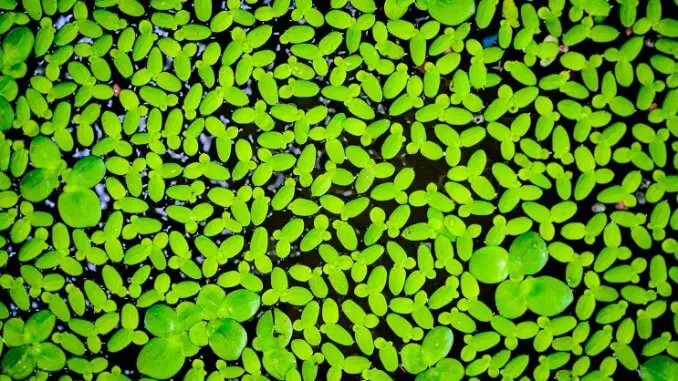
Duckweed (Lemnacae) is a subfamily of freshwater plant species that are used as floating plants in aquariums. These plants are the smallest flowering plants on earth and have single leaves known as fronds or pods that are flat and oval. The leaves rest above water while the roots of the plant dangle below.
Duckweeds are popular among aquarists because the plants are easy to propagate, help filter tank water, and serve as natural fish food.
TABLE OF CONTENTS
Duckweed Facts & Overview
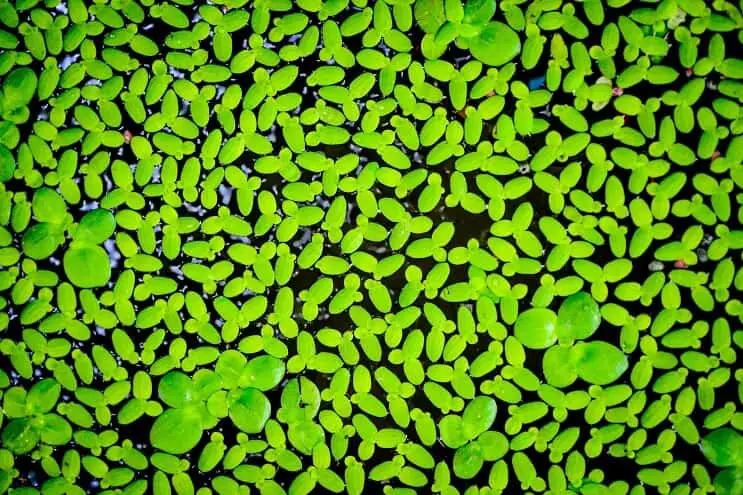
| Scientific name: | Lemnoideae |
| Common names | Water lentils, water lenses |
| Origin: | Africa, Asia, Europe, North America |
| Height: | ⅙–⅛ inches |
| Growth rate: | Fast (doubles its initial mass in 16 hours to 2 days) |
| Color: | Bright green |
| Aquarium placement: | Floating |
| Water type: | Freshwater |
| Temperature: | 60–90°F (15–32°C) |
| pH: | 6.5–7.5 |
Origin
Duckweeds originated from the aroid line of plants, which were common everywhere except Antarctica.
Today, duckweed can be found in most places across the globe except for waterless deserts and frozen landscapes. These plants grow best in tropical places with temperate weather.
Duckweeds are usually found in brackish bodies of water that are either slow-moving or stagnant, making the plants ideal for aquariums.
Availability
Duckweed plants are available in most pet stores for around $7.
The plants can also be purchased online from the following stores:
Appearance & Size
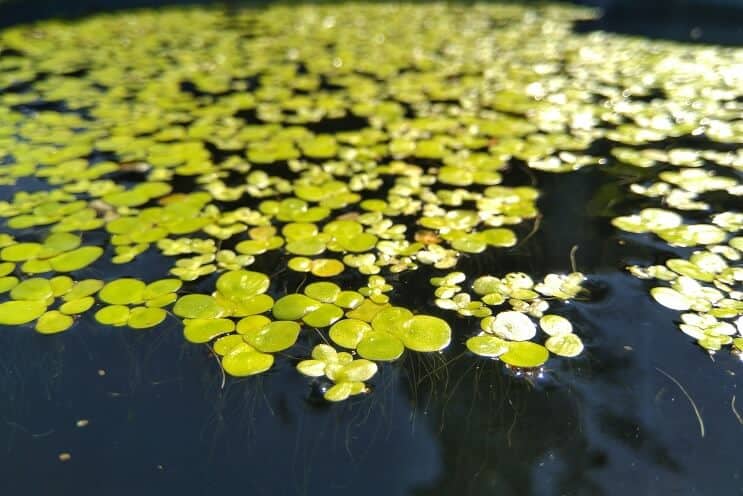
The leaves of duckweed plants, which float above water, are bright green on the surface and dark green underneath. At times, the undersurface may take on a purple tinge.
The leaves, known as fronds or ponds, are oval and flat. The roots, colored white or white-yellow, grow below the water’s surface.
There are three distinct kinds of duckweeds: Spirodela, Lemna, and Wolffia.
- Spirodela is the largest and can grow up to 5 millimeters long.
- Lemna is the most common variety and grows up to 3 millimeters long.
- Wolffia is the shortest and reaches only 1 millimeter in length. Both Spirodela and Lemna have roots, which are not present in Wolffia.
The duckweed plant is the smallest flowering plant — its flowers can only be viewed through a microscope.
Benefits of Duckweed in Aquariums
Duckweed is easy to propagate and adds beauty to aquariums.
The plant produces oxygen in the water, making it easier for fish to breathe, and naturally filters water by absorbing nitrogen and phosphorus through its roots.
Duckweed leaves block light from entering an aquarium, which prevents excessive algae growth.
These plants are also edible to fish, containing 40% protein, 25% fiber, and 5% fat.
Compatible Tank Mates
Aquarium fish that will greatly benefit from duckweed plants are:
When combining other aquarium plants with duckweed, be sure to use plants that require low lighting, because duckweed reduces the amount of light that enters the aquarium. Plants that pair well with duckweed include:
- Java fern
- Java moss
- Cryptocoryne
- Amazon sword
- Marimo ball
Duckweed Conditions & Requirements

Aquariums are ideal environments to propagate duckweed because the plants require water with little to no movement. Duckweed is easy to grow because it requires very little lighting, needs no substrate, and easily grows in even one inch of water.
Tank Requirements
In its natural habitat, duckweed can be found in brackish, still water with very low light.
The same conditions are easily simulated in an aquarium. Place the aquarium in an area with some natural light. Duckweed doesn’t require much space and can grow even in very small aquariums.
Tank Conditions
Duckweed doesn’t require strict tank conditions. The plants easily survive in most aquarium settings, provided that water movement is kept low.
Water hardness doesn’t affect duckweed. Since these species are floating plants, they don’t require any substrates.
Duckweed does need to be exposed to a light source for at least six hours a day. Natural lighting or full-spectrum LED lighting can be used.
These are the ideal tank conditions for growing duckweed:
| Water type: | Freshwater |
| Tank size: | Minimum 2 gallons |
| Water temperature: | 60–90°F |
| Substrate: | None required |
| Tank placement: | Ideally placed near a natural light source |
| Acidity: | 6.5–7.5 pH |
| Water hardness: | Any |
| Light type & strength: | Natural or full-spectrum LED |
| Hours of light: | At least six hours per day |
Duckweed has few tank requirements compared to other aquatic plants. The biggest requirement is to keep water movement low.
Tank Placement & Aquascaping
Duckweed leaves float on the surface of the water while the roots float below, adding color and beauty to the top of the tank.
These plants need constant trimming because they spread fast and will begin to cover the entire top portion of the aquarium. This spreading will block light from fish and other plants.
Introducing Duckweed in the Aquarium
Duckweed should be initially quarantined in a separate tank or container, unless the plant comes from a well-controlled environment, like a laboratory.
The plant should be sterilized, using a 25:1 water to bleach solution, for one minute. Then rinse the plant in tap water before placing it in the aquarium. Quarantine and sterilization are necessary to ensure the duckweed is free from contaminants and parasites that can harm aquarium fish.
Care & Growing Guide
Duckweed is one of the easiest aquatic plants to propagate since it requires almost no special care. The plant will grow in almost any water condition.
Nutrition
Duckweed requires no special nutrients or chemicals to grow. The plant only needs exposure to sunlight for approximately six hours per day.
Maintenance
Duckweed is a sturdy plant that rarely becomes diseased. The plant’s biggest maintenance requirement is consistent growth monitoring and trimming to ensure it doesn’t cover the entire surface of the aquarium or clog the water filter.
Trim the plant by using an aquarium net to scoop out and remove portions of the plant whenever overgrowth is noticed.
Propagation
Duckweed reproduces asexually, which means the plant relies on buds attached to its own leaves to reproduce. When these leaves reach full maturity, they detach from the parent plant and start to grow once they touch the water.
If you plan to grow duckweed in an aquarium, cover the aquarium with dark paper and fill the aquarium with water. Install an airstone and pump to help oxygen circulate.
If you’re using tap water, make sure to leave the water overnight to let the chlorine evaporate before adding the duckweed. Be sure to disinfect the plants before placing them in the aquarium.
Should You Get Duckweed for Your Aquarium?
Duckweed is very easy to grow and maintain, making it an ideal aquatic plant for beginner aquarists. Adding these plants to an aquarium is highly beneficial because they act as a natural water purifier and are also a great source of nutrition for fish. Duckweed can also help maintain the cleanliness of an aquarium by blocking light and preventing algae growth.
Adding duckweed is recommended if you want to improve tank water quality or fish health. However, if the tank contains other aquatic plants, duckweed may block sunlight and cause harm.

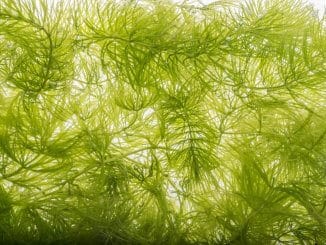
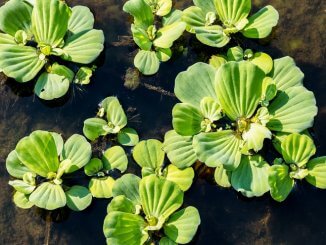
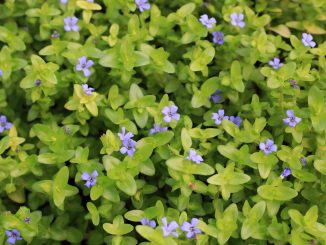
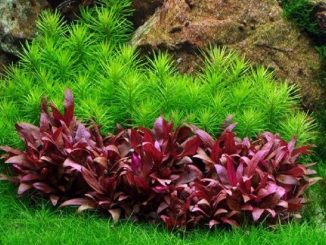
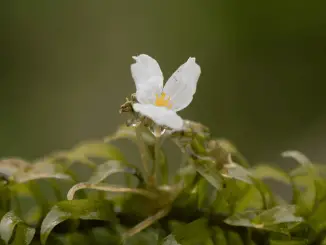
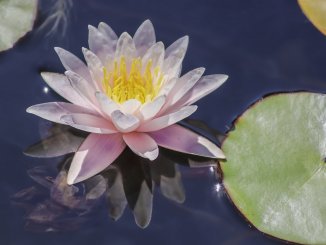
Thankyou for this article. My aquaponic garden fish thank you as well